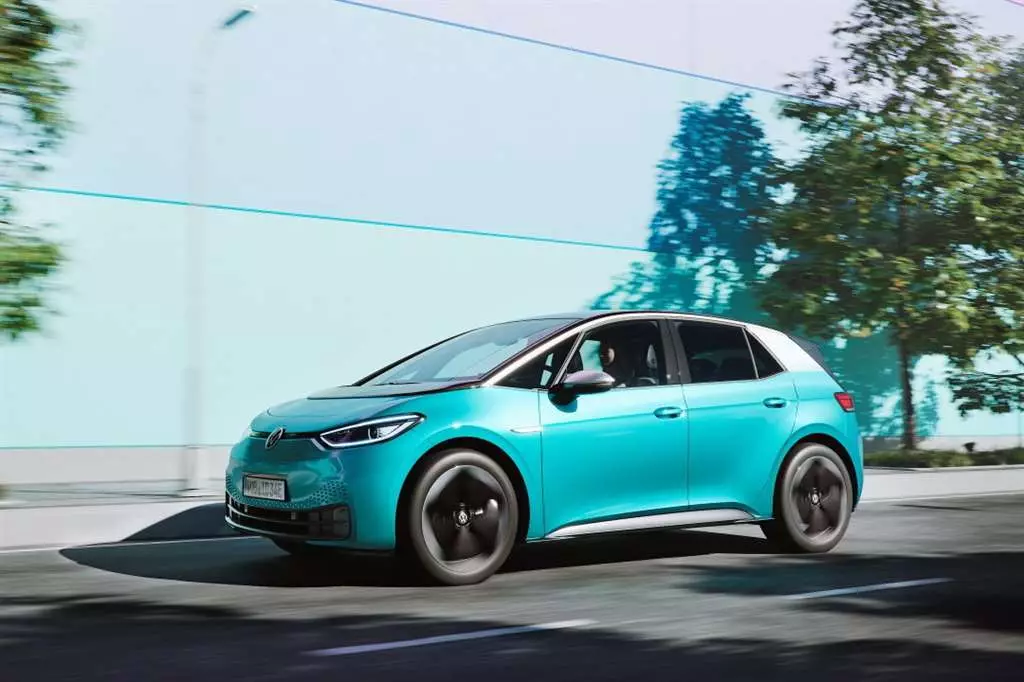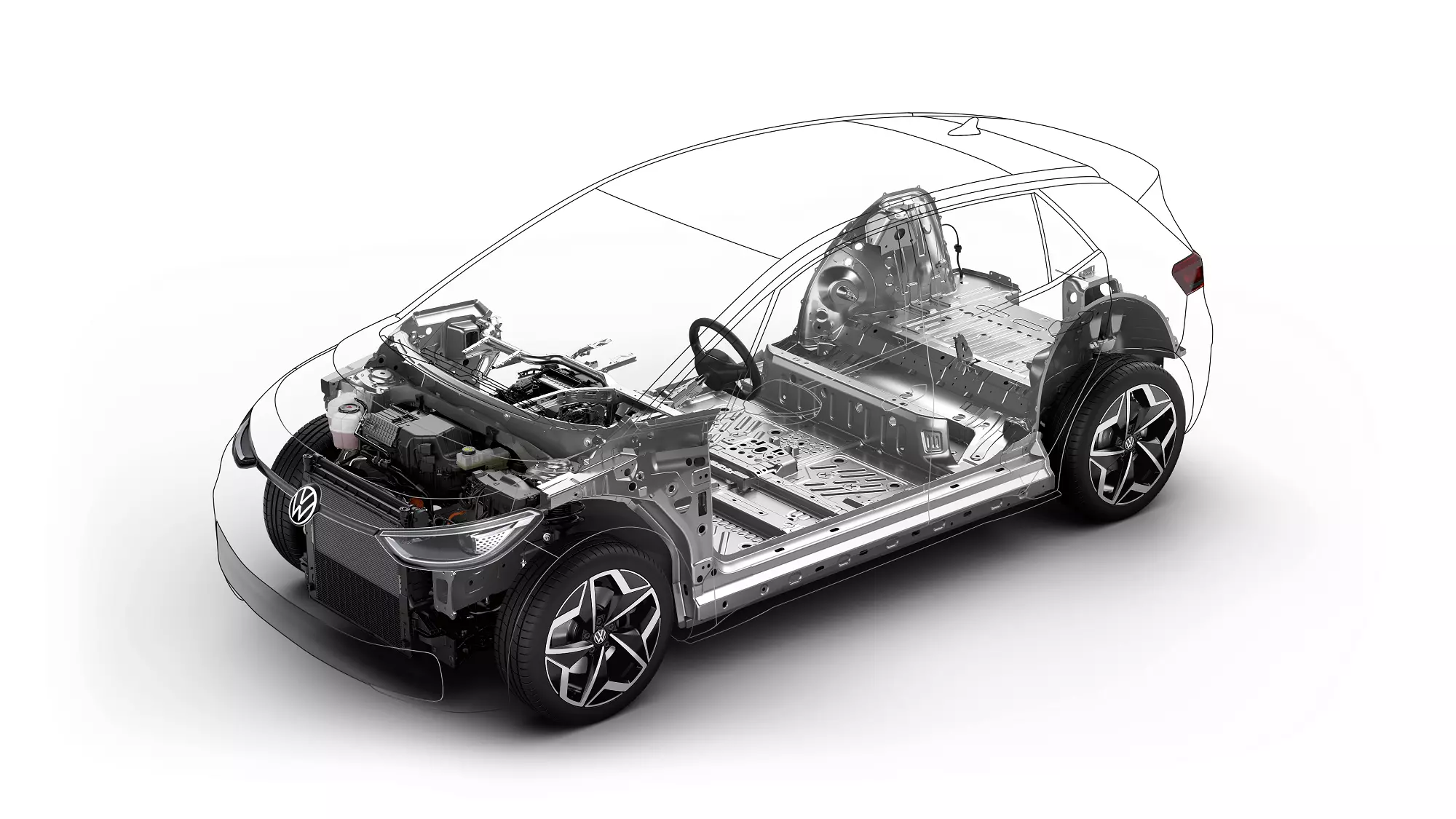Until 2024, Volkswagen (brand) will invest around 11 billion euros in electric mobility, where we will see the ID family win many more models. Between them, counts on the development of an unprecedented ID.1 , which will be the stepping stone to Volkswagen's 100% electric model family.
When it enters production, scheduled for 2025, anticipated by a concept in 2023, the ID.1 will take the place currently occupied by the e-up!, the electric variant of the German city dweller.
If you confirm this information, it will mean that the small up! it will remain in production for 14 years (plus, just probably the Fiat 500 which already takes 13 years of production, but which will continue in production for several more years).

2025? There's still so much time left
Why so long? Last year we learned that, within the Volkswagen Group, it would be up to SEAT to develop a more accessible electric platform for smaller cars, so that their market price would be below 20 thousand euros. The goal would be to launch the first model derived from this platform in 2023.
Subscribe to our newsletter
However, this year, in May, we learned that the plans have changed and that change may have implied a delay in the calendar, with the estimated start date for production now being 2025.
Volkswagen (brand) will now be responsible for developing this new dedicated platform. Apparently, it will be a more compact version of the MEB debuted by ID.3, a platform dedicated to electric vehicles from which many more models will come out.

But the question remains: we must manage to have a price below 20 thousand euros. In other words, the problem is not in creating a mini-MEB, the problem is in removing costs so that the ID.1 and, probably, other small electric cars from the German group, can cost (well) less than 20 thousand euros. As a comparison, the e-up! it has a base price of approximately 23 thousand euros, too high for a city dweller.
What to expect from ID.1?
Five years is a long time to be stating with certainty what ID.1 will be. Car Magazine came up with the information that the ID.1 will have batteries of more modest capacity (which helps to control costs) — 24 kWh and 36 kWh. Values in line with what we see in the e-up!, but even so, aiming for an autonomy of up to 300 km (with a larger battery), or very close to that.

When the project was in charge of SEAT, the future electric sub-20 thousand euros was announced with a length below 4.0 m. In the case of a city dweller such will remain, of course, but it will be interesting to find out how closely the ID.1 will approach the practical 3.60 m length of the e-up!.
When ID.1 is launched on the market, the Volkswagen Group expects to already be selling more than one million electric cars a year (target for 2023).
With these volumes in mind, Volkswagen says that MEB-derived electrics could be 40% cheaper to produce than electrics derived from platforms originally designed to support combustion engines, as is the case with e-up!.
It may take volumes of this order of magnitude for future ID.1 accounts to match.
Before the ID.1, we will see the Volkswagen ID.4, based on the ID, arriving later this year. Crozz, which will be longer than ID.3, assuming the crossover format.
